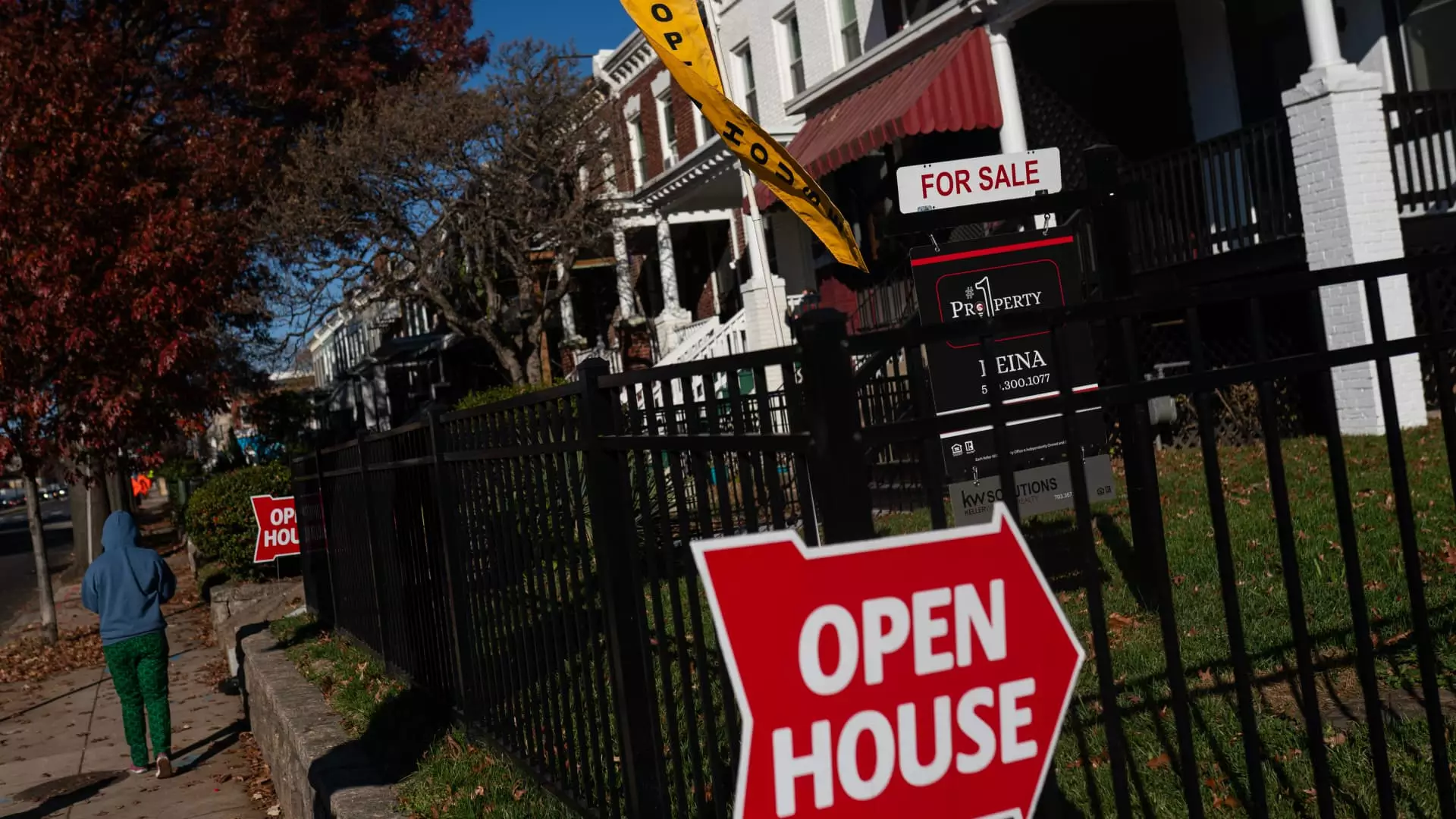The recent decline in mortgage demand by 6.2% highlights a significant turning point in the housing market. This drop isn’t just a statistical fluctuation; it reveals the growing hesitation among potential homebuyers amidst rising mortgage rates and economic uncertainty. For those who have been following the market, this trend may seem familiar. After a lengthy period of heightened activity driven by record-low rates, the landscape is rapidly changing. With average 30-year fixed mortgage rates climbing to 6.72%, the joy that many felt when securing low rates may soon morph into regret.
Refinance Fever Begins to Cool
The refinancing boom that thrived earlier this year seems to be fading, with a notable 13% decline in applications for home loans. Although year-over-year comparisons show a solid 70% increase, this is misleading for two reasons. Firstly, the base of homeowners who could benefit from refinancing has shrunk significantly, as most have already taken advantage of previous low rates. Secondly, these fluctuations can often lead to a false sense of security for lenders and policymakers, suggesting stability when the reality is anything but. With such minimal interest, sellers might find fewer buyers stepping up to the plate, thereby creating an even greater imbalance in the market.
Homebuyers Tread Lightly
Interestingly, applications for purchasing homes remained relatively stable, climbing just 0.1% week-over-week but showing a 6% increase from a year ago. This slight uptick is a testament to the resilience of the housing market even in challenging circumstances. Analysts like Mike Fratantoni of the Mortgage Bankers Association note that the highest volume of purchase applications in six weeks might indicate that, despite soaring costs, buyers are still somewhat optimistic, buoyed by increased inventories and moderate mortgage rates. However, the reality is that any optimism must be approached with caution. Are buyers purchasing out of necessity, or are they clinging to a fleeting hope that better days are ahead?
The Fed’s Influence Lingers
As we watch mortgage rates barely fluctuate within a precarious ten basis-point range, the spotlight turns to the Federal Reserve. Their decisions and future commentary hold profound implications for the market. Should they opt to raise rates again, we could see demand spiral downward further, effectively cooling off the market even more. With higher rates, only the most motivated buyers could stay in the game, potentially leaving a generation of home aspirants out in the cold.
Despite the current challenges, it’s essential to remain focused on the long-term impact of these rate changes on housing affordability and overall economic stability. In an increasingly polarized economic landscape, will the housing market manage to stabilize, or will it continue its descent into uncertainty? The coming weeks could prove pivotal, reinforcing the notion that a cautious approach may be the best strategy for both buyers and lenders alike.

Leave a Reply